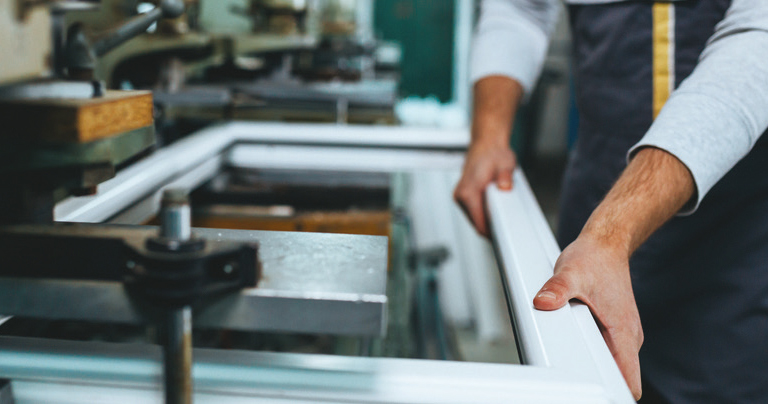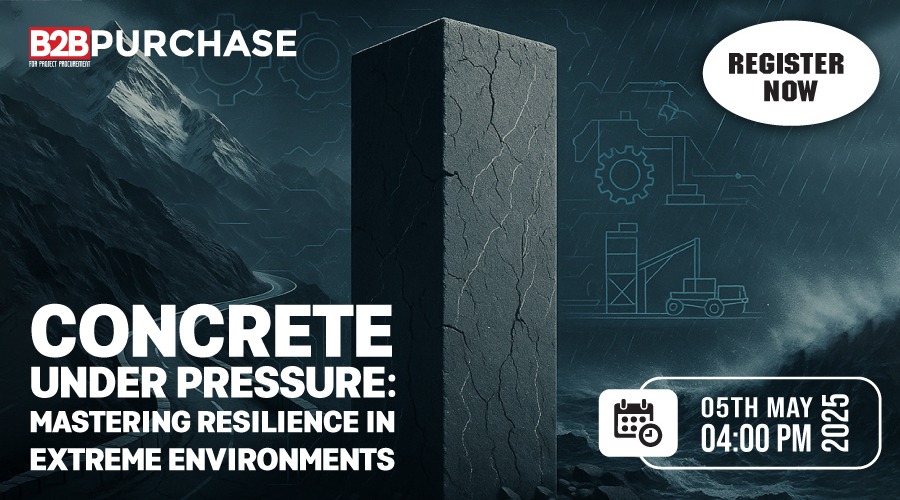Choosing right equipment loans
By Edit Team | August 17, 2018 9:37 am SHARE

Clarity on business goals, reliable funding options, insurance, among other factors help in getting the right deal.
With a host of companies operating into the market, the equipment leasing and financing industry in India has lately garnered notable attention. However, the industry is yet to establish its independent footing in the country, even in the wake of reforms like goods and services tax (GST), as against countries like the US, Europe, China and Japan where penetration of leasing and rental business is fairly high.
India yet to set a foothold in the market
Used equipment and secondary sales are highly unpopular in India as there is always preference for ownership of assets which leads to lower penetration for leasing and rental business. Add to that lack of established trading platforms and buyback schemes from OEMs that kept leasing, and rental penetration at negligible levels.
Sarosh Amaria, COO – Commercial Finance, Tata Capital Financial Services Ltd, says, “Most equipment manufacturers do not have in-house financing options. Leasing and rental is a very mature product in other economies as most players are either captives or choose to work in select asset categories which bring specialisation. India is yet to evolve in this framework with captives prevalent only in auto and IT segment.”
He adds, “Since the customer segment requiring financing is largely MSMEs, it requires larger geographic reach and robust systems for collections and servicing the customers. The credit culture in our country has been one of the deterrents for multinationals to commence this business in India. However, domestic NBFCs who have good understanding of Indian market have significant edge over the others.”
Implementation of infra projects
India’s construction equipment industry has seen several ups and downs in the past decade. One of the major factors that drive the industry is implementation of various infrastructural projects by public and private enterprise like maintenance, road construction, power plants, ports, telecommunication, urban infrastructural developments etc. Smart city, fast train and Clean India projects have also aided the demand.
Sanjiv Jha, National Business Head- Asset Finance, Magma Fincorp Ltd, says, “When it comes to financing the assets, both options are available today, of new and old assets. While, new assets are sold through OEM dealerships, old assets are sold through broker and only customers who have existing orders are the ones who buy these.”
All construction equipment is used for commercial purpose only and does not have personal usage. In fact, the customers deploy the assets in road construction, bridges construction, mining work etc., to earn from the project and repay the bank or NBFC. Hence, how the asset is deployed, whether the customer has existing work orders, which asset is deployed in what kind of project, details of project, the cash flow in the hands of the customers – all these are critical factors that impact the financing of the assets.
Jha added, “Availability of new asset for a customer who has proper deployment plan documented and an experience of handling similar projects is easy. NBFCs and banks are eager to acquire or retain such customers. However, in case of old asset, the challenges are beyond this and also include the health of the old asset. How long it has been used, how it has been used and what damages and wear n tear the asset has undergone also define if the financier is willing to extend the financing options. Another issue that financiers face is the registration of the old asset. Barring backhoe loader, most of the other assets including excavators are often not-registered and it is really difficult to track those as the assets are never officially transferred to the new owner which makes it difficult to finance. For old asset financing, losses on account of idling equipment, lack of special incentives to finance the import of hi-tech construction equipment for infrastructure projects are some of the other challenges.”
Market overview
According to DK Vyas, CEO, Srei Equipment Finance, construction equipment is a critical cog in infrastructure development. The construction equipment financing market in India is still in its development stage and continues to face various issues which act as a deterrent to growth including lack of access to finance. He adds, “Despite being an important contributor to nation building, construction equipment is not given the benefit of higher depreciation rate, instead the depreciation rate for such equipment is only 15 per cent. This negatively impacts infrastructure development. Also, to promote leasing on construction equipment, GST on rentals of such equipment which is currently equal to the rate of GST levied on normal sales or purchase of that asset, should be lower.”
The industry expects lawmakers to address certain long-standing demands including exemption from the applicability of section 194A, and allowing tax benefits for income deferral u/s.43D of the Income-Tax Act. Also, the rider of minimum loan ticket size of ` 1.0 crore for enforcement of security interest under the SARFAESI Act, applicable for NBFCs, can be done away with.
Major challenges
Another major challenge is lower rental penetration in India which was as low as 8 per cent in fiscal year 2017. Used equipment and secondary sales are also unpopular in India because of lack of established trading platforms, fragmented market information, and buyback schemes from OEMs. He said, “The preference for ownership of assets also leads to lower penetration for rentals in India. India needs more platforms like iQuippo to promote equipment rentals as well used asset financing.”
Repossession of equipment in case of customer defaults is another challenge faced by the finance industry due to inefficiencies in tracking of equipment movement. Asset tracking must be made compulsory through regulatory guidelines so that remote demobilisation is made possible. OEMs should share location information through their service channel and assist financiers in repossession, if required.
Lastly, there is also a need for a proper registration process for all construction equipment (off-road equipment included) which will help to develop and sustain the organised used equipment market and assist with calculation of the residual value of equipment on resale.
Criteria for selection of right equipment finance
Identification of the equipment
Sarosh Amaria, COO – Commercial Finance, Tata Capital Financial Services Ltd, says, “The first step to choosing the right financing option depends on identification of the equipment, its usage pattern and funding options. Depending on the life-cycle of the equipment the right product like lease, loan, hire-purchase may be chosen from an NBFC who can offer the right structured solution. Leasing provides the flexibility and right to use the equipment as per the requirement of the business, without bearing the risk of ownership.”
Points to consider while seeking the right equipment finance option
• Determine business plan – Knowing business objective and evaluating what is lacking to achieve the business goals should help one decide the ideal equipment and available financing options.
• Taking cash-flow cycle into account – Accounting for the amount of cash inflow and outflow will help in determining the right equipment finance or lease option suitable for reserves.
• Pre-empting risks – While seeking financing options, there are always risks involved. Discuss about the risks and probabilities upfront with the lender and ensure there is transparency in his/her guidelines and terms and conditions.
• Maintain – Maintain the equipment in good condition through an asset management company (AMC) with the supplier or service provider to optimise its usage over the economic life of the equipment.
• Insurance – Keep the equipment insured at all times.
Options are easily available for new assets
Jha said, “New assets are sold through the official dealership of the OEMs while the market for used is still unorganised and old assets are sold through word of mouth publicity, hence options are easily available for new assets while, the old assets are less lucrative for the financing companies. Some dealers also handle old asset sales though their primary objective is to deal with new assets.”
Retail and SME customers
Srei has been providing financing for used equipment to its retail and SME customers. Used equipment financing is provided for a wide range of CME equipment.
The tenor of the loan provided to the customers for used equipment varies between 30 to 35 months. Vyas adds, “Our customers usually provide a margin of 20 per cent to 30 per cent on used equipment financing. We create a charge on the equipment in our favour as security for the loan.”
The first step to choosing the right financing option is equipment identification, usage pattern and funding options.
Sarosh Amaria, COO – Commercial Finance, Tata Capital Financial Services Ltd
Options are easily available for new assets while, the old assets are less lucrative for the financing companies.
Sanjiv Jha, National Business Head- Asset Finance, Magma Fincorp Ltd
India needs more platforms like iQuippo to promote equipment rentals as well as used asset financing.
DK Vyas, CEO, Srei Eqipment Finance
Cookie Consent
We use cookies to personalize your experience. By continuing to visit this website you agree to our Terms & Conditions, Privacy Policy and Cookie Policy.




































-20240213125207.png)

























